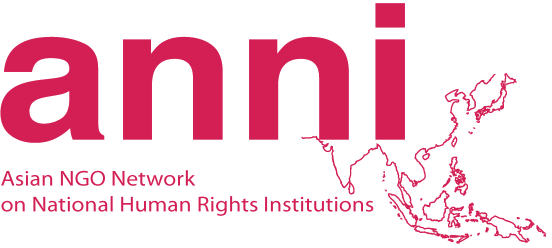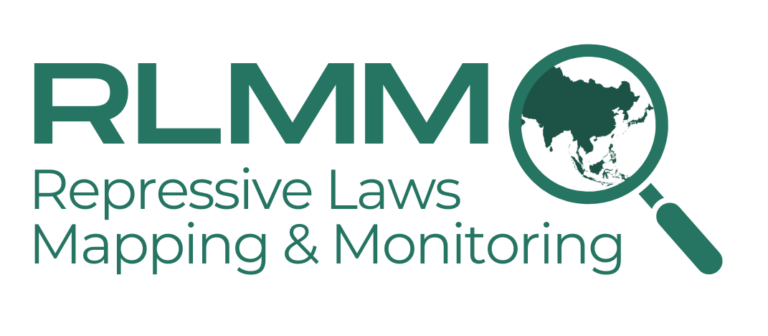 According to "2009 Global Hunger Index" by the International Food Policy Research Institute (IFPRI) , South Asia has the highest regional Global Hunger Index (GHI) in the world. At an average index of 23, South Asia ranks higher than Sub-Saharan Africa which has an average index of 22. The institute highlighted 29 countries in the world that have levels of hunger that are alarming or extremely alarming. Three of these countries are Pakistan, India and Bangladesh.
According to "2009 Global Hunger Index" by the International Food Policy Research Institute (IFPRI) , South Asia has the highest regional Global Hunger Index (GHI) in the world. At an average index of 23, South Asia ranks higher than Sub-Saharan Africa which has an average index of 22. The institute highlighted 29 countries in the world that have levels of hunger that are alarming or extremely alarming. Three of these countries are Pakistan, India and Bangladesh.
 (21 October 2009, Bangkok) According to "2009 Global Hunger Index" by the International Food Policy Research Institute (IFPRI) ,
(21 October 2009, Bangkok) According to "2009 Global Hunger Index" by the International Food Policy Research Institute (IFPRI) ,
South Asia has the highest regional Global Hunger Index (GHI) in the
world. At an average index of 23, South Asia ranks higher than
Sub-Saharan Africa which has an average index of 22. The institute
highlighted 29 countries in the world that have levels of hunger that
are alarming or extremely alarming. Three of these countries are
Pakistan, India and Bangladesh.
The situation in South Asia has caused hunger-related deaths. Between
10 to 14 August 2009, five villagers died of hunger in Bihar, India (Please click here for the source).
They
came from the village Rattu Bigha which is predominantly occupied
by Dalits, the lowest social class of the Hindu caste system.
Programmes to ensure food security have proved to be not efficient,
leading to deaths and malnutrition in rural areas for the most
socially and economically vulnerable groups.
In Varanasi, India, a
hunger strike protester died on 12th of February while demanding
fairness in food distribution (Please click here for the source). Three children died of malnutrition in
June and July and four children are currently suffering from
malnutrition in Dabhiya village of Madhya Pradesh, India, where
children had died of malnutrition in 2008 (Please click here for the source) .
NepalNews reported that in Nepal nearly half of all
children are underweight and 40 percent of the population is
undernourished. People
living in the fertile region of Terai, the
country's industrial and agricultural heartland, are also malnourished, IRIN News reported.
According to the World Food Programme , in Bangladesh, the highest GHI in
South Asia, two million children suffer from acute malnutrition, which
by World Health Organization standards represents a "nutritional
emergency".
Bangladesh's
GHI is 24.7, the highest of South Asian countries. The report shows an
alarming GHI of 23.9 for India and 21.0 for Pakistan. Nepal's GHI is
19.8 and Sri Lanka's 13.7. There is no data for Afghanistan, Bhutan and
the Maldives.
The right to food is closely connected to gender
equality. The IFPRI outlined that out of 90 countries in the world,
Pakistan ranks 87th on the 2008 Gender Gap Index. It demonstrats the
highest levels of gender inequality in the region. Only 22 percent of
girls, compared to 47 percent of the boys complete primary schooling.
Also in India and Bangladesh this comparison can be made.
IFPRI
described the causes of food insecurity in South Asia to be low
nutritional, educational and social status of women which contributes
to a high prevalence of underweight children under five. The report
states that "hunger is a symptom of a much deeper problem: the
marginalization and disempowerment of the poorest".



